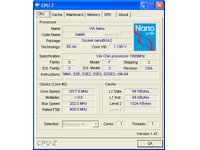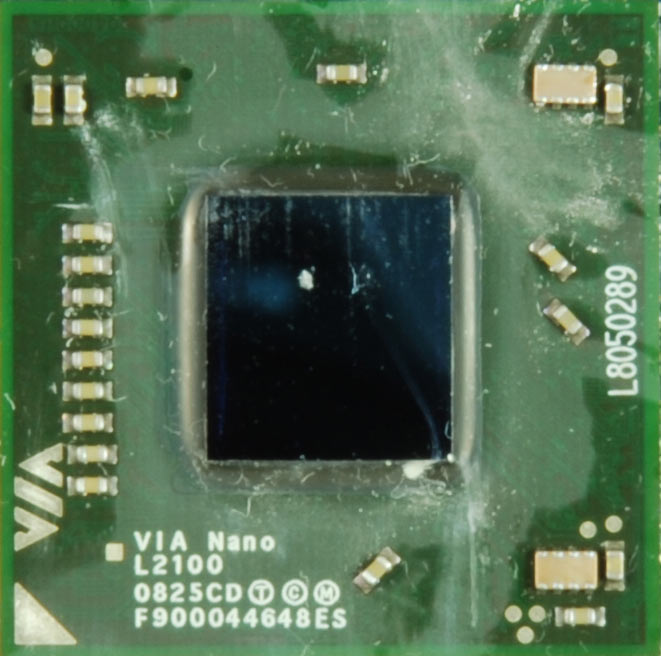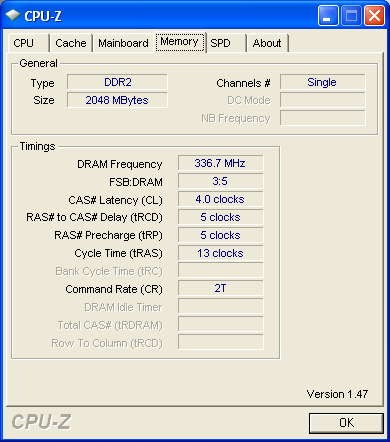Atom, Athlon, or Nano? Energy-Savers Compared
VIA Nano L2100
The last low-power product in this roundup is the one with the longest history : VIA’s Nano. It is the successor to VIA’s C7 and C3 processor families, which were the first to introduce low-power computing for the mainstream market at an acceptable price.
Fast and Feature-Rich
Nano is different from the two other processors. It comes with twice the L2 cache—1 MB rather than 512 KB—and it offers two additional features that are still unique in the low-power segment : a random number generator and on-die AES encryption and decryption acceleration, which makes it suitable for networking and high security applications. It also offers all the mandatory extensions, such as SSE to SSSE3, and NX bit to protect against buffer overflows. It runs at a snappy 1.8 GHz maximum clock speed, which results in the best performance of this roundup. As long as Intel’s Atom cannot take advantage of its Hyper-Threading feature, VIA’s Nano comes out on top. This should be the case for many thin client applications, although Atom will be stronger the more you move into the traditional desktop space.
Reduced Power Rather Than Low Power
If you compare the 8 W TDP of our AMD Athlon 64 2000+ sample and the 4 W TDP of Intel’s Atom 230 to the VIA Nano, then you’ll immediately find a huge gap : Nano L2100 is rated at a TDP of 25 W. This specification puts it in the reduced-power instead of low-power category, as it falls into the power envelope of a mobile processor without delivering the same performance. However, VIA leads when it comes to implementing versatile platforms. It is interesting to see that the VIA EPIA-SN’s idle power when paired to the Nano L2100 is exactly the same as on the ECS board with Atom and the Gigabyte board with the Athlon 64+—all reach a minimum power requirement of 28 W at the plug using our high efficiency power supply. VIA, however, jumps to a peak power of 50 W, while the other solutions stay at 36 W and 39 W maximum.
Performance and Performance per Watt
As a consequence, the power requirement for an entire SYSmark 2004 run as well as the performance-per-watt score are not as good as the good performance we saw across many of our benchmarks. Intel’s Atom dominates SYSmark thanks to its Hyper Threading feature, but other benchmarks such as WinZIP, which requires high single-thread performance ; the PCMark05 CPU score, Lame and iTunes audio transcoding performance and Cinebench are clearly dominated by VIA’s Nano L2100.
Get Tom's Hardware's best news and in-depth reviews, straight to your inbox.


Current page: VIA Nano L2100
Prev Page Atom Platform: ECS 945GCT-D Next Page Nano Platform: VIA EPIA-SN
